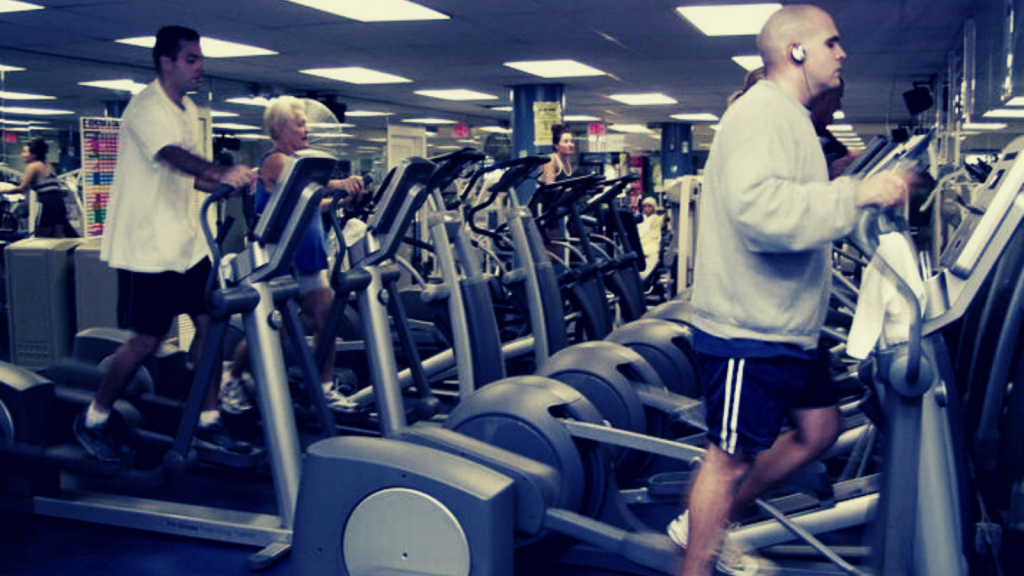The medical community is divided over the safety of physical activity for cancer survivors, and are working to agree on appropriate recommendations. Before the 1990s, cancer survivors were advised to refrain from exercise due to the damage caused by cancer treatments like chemotherapy. However, recent studies found that exercise can reduce the risk of cancer mortality and improve quality of life.
Cancer is diagnosed most frequently in elderly people. This introduces a variety of problems and restrictions for physical activity. The elderly tend to have, on average, lower bone density, increased muscle atrophy, and poorer heart health than younger patients, making exercise more difficult.
The first problem that doctors must solve is how to calculate a cancer survivor’s fitness level. The researchers hypothesized that it could be done by first assessing the patient’s baseline physical fitness and aligning it with their other health needs.
To do this, they used a tool to measure their baseline fitness, called the Harvard step test. This test was originally used in World War II to assess the fitness level for military recruits. First, in a 3-minute interval, participants step up and down from a 9-inch stool at a pace of 96 steps per minute. Some participants walked more slowly but lasted the whole three minutes. Some participants walked slowly but quit early. Some participants couldn’t do the steps at all — they had to walk on a flat surface for three minutes because of health issues that made them less able to exercise.
Participants were grouped based on these fitness levels as “at pace” for those who completed the test as designed, “slower self-paced” for those who completed the test slowly, “shorter self-paced” for those who had to quit early and lastly, “flat self-paced” for those weren’t able to complete the elevated steps. Then, the groups were compared based on demographic characteristics, BMI, exercise history, gender, age, health complications and more.
First, the researchers found a positive correlation between higher education, socioeconomic status, and higher fitness levels. Additionally, the survivors that completed the baseline test at the standard 96 steps/min pace had lower BMIs. Almost half of the survivors who completed the baseline test at the standard pace described their exercise history as “vigorous.” Younger age predicted the survivors’ abilities to do the baseline test at the standard pace.
Some cancer survivors in this study had health conditions that indicated they should refrain from the fitness test entirely. Key non-cancer conditions included chronic knee pain, not having the proper conditioning, or a history of sedentary behavior. Some survivors could not participate due to cancer-related factors such as fatigue from chemotherapy and discomfort from surgery.
In addition to determining a person’s cardiovascular fitness level, researchers also conducted muscle group testing, as the step test is not designed to measure strength performance. Muscle group tests included abdominal crunches, push-ups on the knees, planks, and squats. The researchers recorded the number of repetitions performed or amount of time the position was held. Researchers recommended exercises to target the patient’s specific weaknesses, or referred them to physical therapy.
Of all the participants, 91% received an exercise prescription as a result of this study. Exercise prescriptions were based on the survivors’ step test performance and muscle group strength results. Performance on these tests was measured against other subjects of the same age group and gender. Most received a prescription for a higher level of activity than their current exercise habits. Some were advised to heal further before receiving an exercise prescription.
This study demonstrated a method for helping medical professionals to determine appropriate exercise levels for cancer survivors based on a multitude of factors that impact their health. Overall, this study will help cancer survivors return to activity, reduce fatigue, lower risk of mortality and improve quality of life after recovery.


